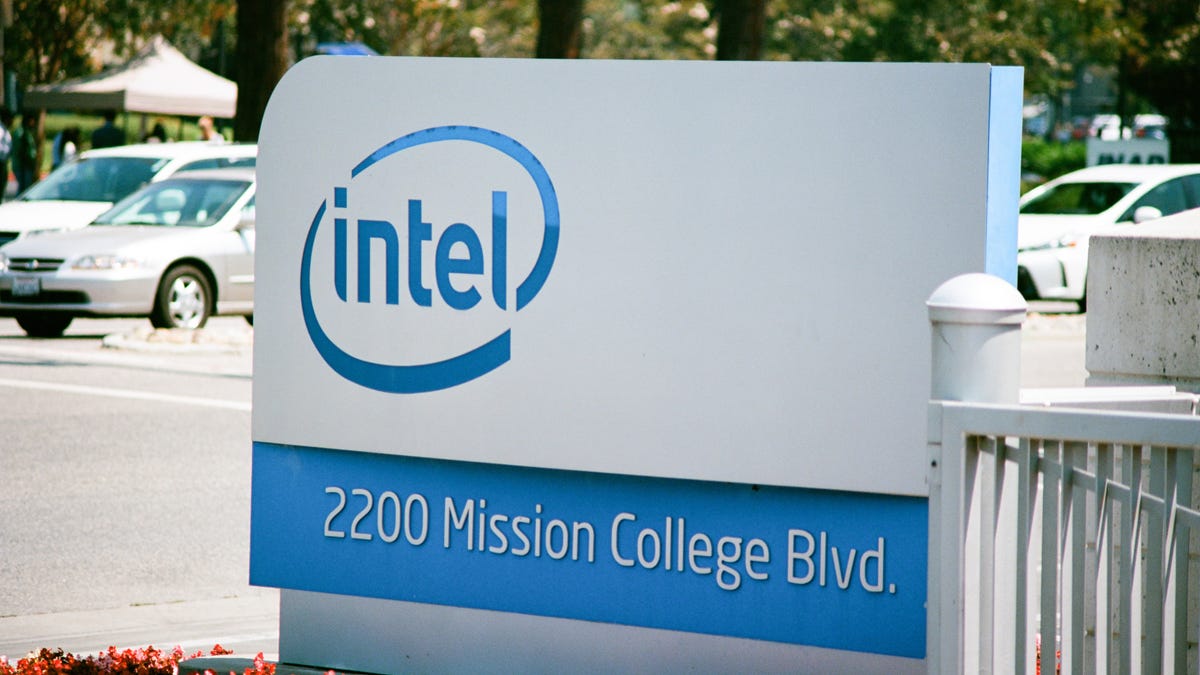Intel Has More Women in Tech Than Ever, But the Percentage Still Dropped
Intel's new diversity numbers show measuring progress can be tricky.

Intel's new diversity and inclusion numbers are out.
New diversity and inclusion figures from Intel , out Thursday, show the company's going to need to make some tweaks to keep the percentages of groups typically underrepresented in the industry climbing.
The percentage of women in technical roles slid from 25.2% to 24.3% between 2020 and 2021. It's not the direction the company is hoping for given the goal it set in 2020 to get women into 40% of technical roles by 2030. Tech giants like Google (25.7%), Facebook (24.8%), Apple (24.4%) and others have long struggled to hit 30% women in tech roles.
But according to Chief Diversity and Inclusion Officer Dawn Jones, the slide is prompting Intel to examine what's behind the decline. For the first time since Intel started releasing numbers in 2015, the company included the raw numbers of women in its workforce. There are 26,000 women in tech roles at Intel, the most in the company's history. After a period of heavy hiring last year, though, the percentage took a hit, she said.
"We have to look at that hiring pool more intentionally," Jones said. "Is it that we are not getting the resumes? Is it that we're not getting the interest? And if we're not getting the interest, why? These are questions that we ask. Is [it] the culture ? Is it a flexibility issue? Is it a location issue?"
The company is also setting the goal of making sure hiring for women in tech roles sits at 30% at least in 2022, and tying it to annual performance bonuses, a move Intel has used in the past to try to spur diversity.
Intel's diversity and inclusion numbers are part of its larger annual Corporate Responsibility Report, which covers additional topics like the company's sustainability and education efforts. For example, Intel is committing to net-zero greenhouse gas emissions by 2040. It's also putting $100 million in the next decade toward research and education partnerships relating to semiconductor manufacturing.
Many big name tech companies like Google and Facebook started publishing diversity figures around 2014 as the industry began to face scrutiny over its demographic makeup. The reports confirmed what was already obvious -- tech is largely white and male.
Since 2015, Intel's been something of a rarity in terms of publicly committing to goals around diversity and inclusion. In 2018, it reached its goal of hitting full representation of women and minorities in its US workforce (compared to broader US tech industry) two years ahead of schedule. In 2019, the company said it closed its pay gap.
In 2020, Intel set new goals, including putting women in 40% of technical roles by 2030 and doubling the numbers of women and underrepresented minorities in senior roles in the same time frame.
Overall, the number of women at Intel decreased from 26.3% in 2020 to 25.8%. Intel is 44.1% white, down from 45.8% the previous year. Several underrepresented minority groups saw losses – Hispanic employees fell from 10.5% to 9.3%; Black employees dropped from 5% to 4.9%; Asian employees also declined from 37.6% to 36.3%. The percentage of Pacific Islanders stayed flat at .4% and Native American employees gained some ground at .9%, up from .8%.
Jones did point out the addition of two new population categories, giving folks the ability to identify as "other" or "two or more ethnicities," which may have contributed to differences in the racial and ethnic breakdowns.
Intel also hit a new high in terms of the number of women in leadership roles, having 1,449 total, but again the percentage still fell slightly from 18.8% to 18.7%
In terms of pay, women in the US earned as much or slightly more than their male counterparts at Intel.
Jones also talked about how Intel is trying to respond to the broader moment -- the combination of the coronavirus pandemic, which reports say has throttled women's careers and the Great Resignation. In March, 4.5 million people quit their jobs.
As people are leaving their jobs in search of better opportunities, Jones said Intel is paying attention to why. Intel is hoping, for one, that the embrace of hybrid workplaces will help bring more women and underrepresented minorities into the fold. Initiatives like its Returnship Program, which aims to get women who have left the workforce for a while back, could potentially also help.
"Money is a factor, but generally, it's not the only factor or even the driving factor," Jones said. "It's 'I don't feel valued and I'm not getting money. So, let me go find a place that is giving me all of these things.'"

